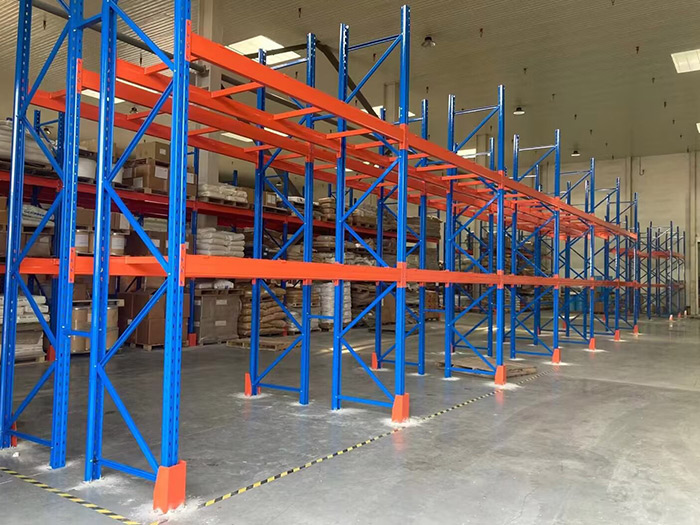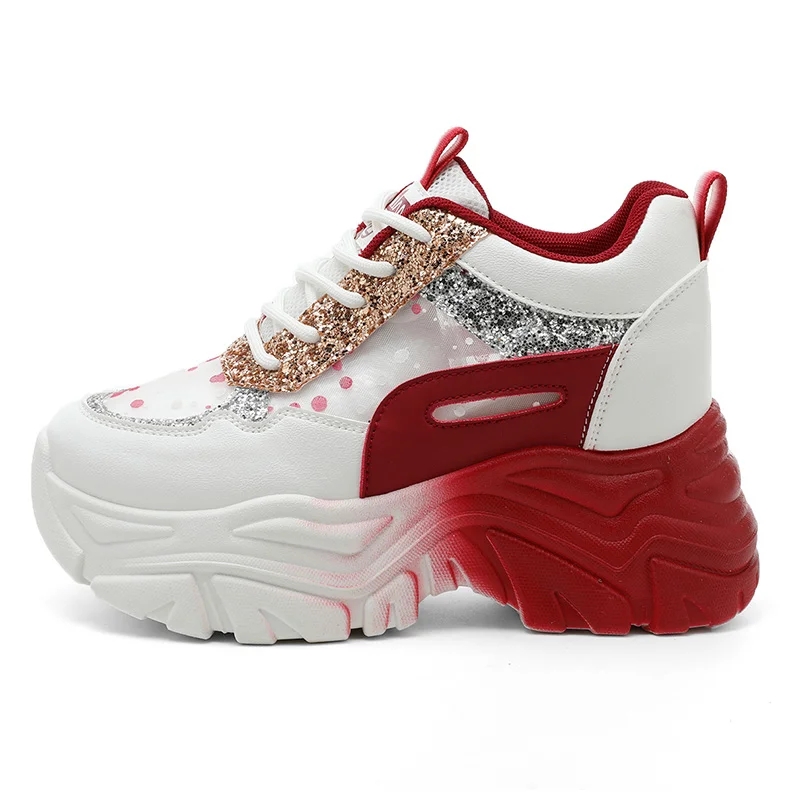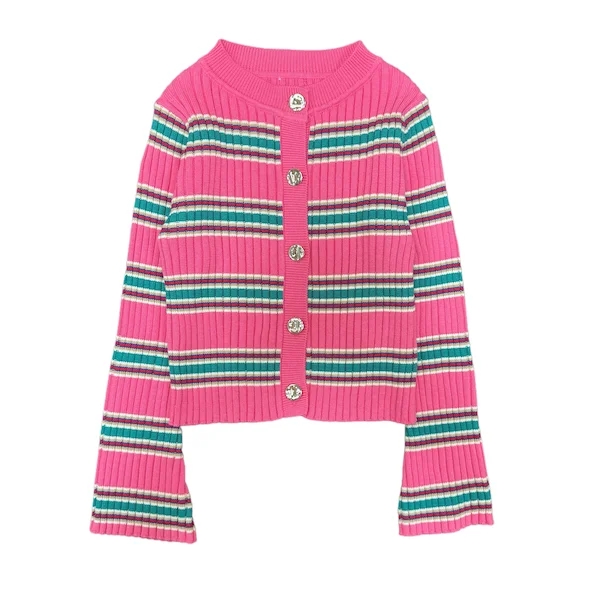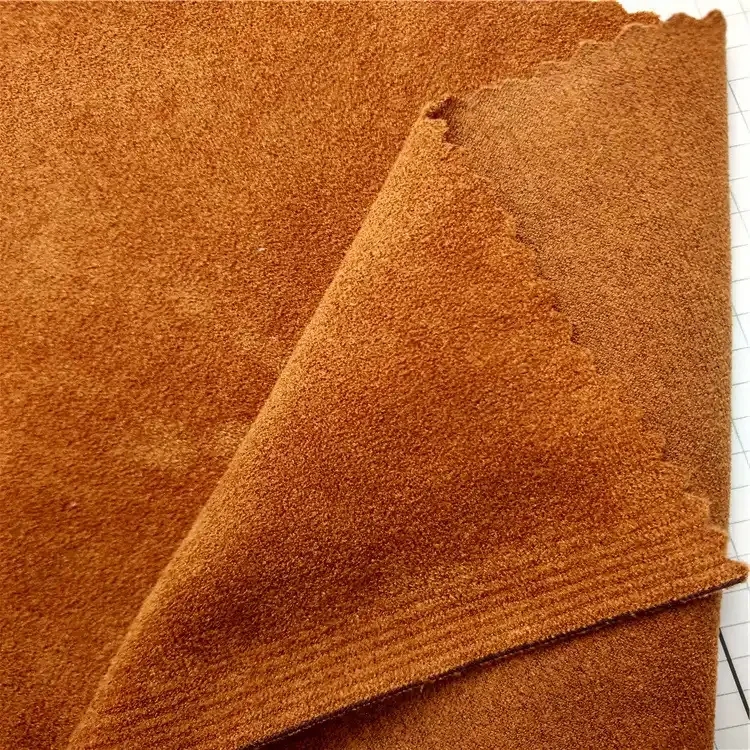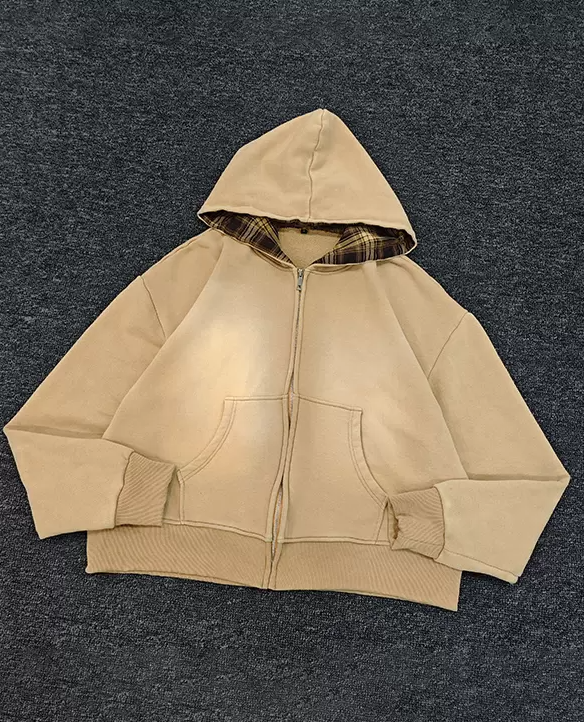Dressing Smart: The Ultimate Guide to Staying Cool in Hot Weather
As the temperature rises, the challenge of choosing the right attire becomes paramount. Hot weather can lead to discomfort, dehydration, and even heat-related illnesses if one is not adequately prepared. This article delves into the science of fabric, color, and style, providing a comprehensive guide on what’s best to wear in hot weather.
Understanding the Science of Heat Regulation
Before we explore specific clothing options, it’s essential to understand how our bodies regulate heat. When temperatures soar, our bodies sweat to cool down. However, the effectiveness of this natural cooling mechanism can be hindered by the type of clothing we wear. The right attire can enhance breathability, wick moisture away from the skin, and promote airflow, all of which are crucial for maintaining a comfortable body temperature.
Fabric Matters: Choosing the Right Materials
- Natural Fibers: Cotton, linen, and bamboo are excellent choices for hot weather. These materials are breathable and allow air to circulate, which helps evaporate sweat. Cotton is soft and comfortable, while linen has a looser weave that promotes airflow. Bamboo fabric is also gaining popularity due to its moisture-wicking properties and natural UV protection.
- Moisture-Wicking Synthetics: For those engaging in physical activities, moisture-wicking fabrics such as polyester and nylon can be beneficial. These materials draw sweat away from the skin and dry quickly, keeping you cooler during intense workouts.
- Avoid Heavy Fabrics: Steer clear of heavy fabrics like wool and denim, which can trap heat and moisture, leading to discomfort. Instead, opt for lightweight and loosely woven materials that allow for better ventilation.
Color Choices: The Impact of Shades on Heat Absorption
The color of your clothing plays a significant role in how hot you feel. Dark colors absorb more heat, while lighter shades reflect sunlight. Here are some tips for color selection:
- Opt for Light Colors: Whites, pastels, and light neutrals are ideal for hot weather as they help to keep your body temperature down. Light colors not only reflect sunlight but also create a more relaxed aesthetic.
- Consider UV Protection: Some clothing is designed with UV protection in mind. Look for garments labeled with UPF (Ultraviolet Protection Factor) ratings, which indicate how well the fabric shields your skin from harmful UV rays.
Style and Fit: The Importance of Breathability
- Loose-Fitting Clothing: Tight clothing can restrict airflow and trap heat against your body. Loose-fitting garments allow for better air circulation, which can help keep you cool. Consider wearing flowy dresses, wide-leg pants, or relaxed-fit shirts.
- Layering Wisely: While layering is often associated with cooler weather, it can be beneficial in hot climates if done correctly. Lightweight, breathable layers can provide protection from the sun while allowing for airflow. A light cardigan or a kimono can be a stylish addition to your outfit.
- Functional Accessories: Don’t forget about accessories that can enhance your comfort. Wide-brimmed hats can provide shade and protect your face from the sun, while sunglasses with UV protection can shield your eyes. Additionally, breathable sandals or shoes made from mesh materials can keep your feet cool.
Practical Tips for Hot Weather Dressing
- Stay Hydrated: Regardless of what you wear, staying hydrated is crucial in hot weather. Drink plenty of water throughout the day to help regulate your body temperature.
- Plan Your Outfits: Consider the activities you’ll be doing and plan your outfits accordingly. If you’ll be spending time outdoors, prioritize sun protection and moisture-wicking fabrics.
- Check the Weather: Before heading out, check the weather forecast. If high humidity is expected, choose fabrics that are specifically designed to handle moisture.
Conclusion: Dressing for Comfort and Style
In conclusion, dressing appropriately for hot weather involves a thoughtful combination of fabric choice, color selection, and style considerations. By opting for breathable, lightweight materials in light colors and loose fits, you can enhance your comfort and well-being during the sweltering summer months. Remember, the goal is not just to look good but to feel good while enjoying the great outdoors. With these tips in mind, you can confidently navigate the heat while maintaining your personal style.

